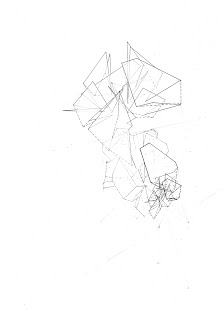Fashionistas
As Adolf Loos states in his Principles of Cladding,”...the great architect….first of all gets a feeling for the effect he wants to produce, and then sees in his minds eye the room he wants to create.” This produced spatial effect is architecture. In architecture there are generally no set rules other than the physical laws of the universe. However, as architecture is generally more associated with the subjective world of art, than the objective world of science, these “produced effects” become highly contentious and debatable. At the root of it is a discourse over style, both personal and generational.
This “produced effect”, or architecture, is generally dictated by two factors: programmatic needs and technological limitations. However, within this lies the stylistic response. Style becomes something of an aesthetic watermark not only of that architect, but of that moment in time. General patterns and trends realized in architecture project the styles and fashions of the architect and of the time.
For Adolf Loos and Le Corbusier, they had very specific ideas of how those spatial effects ought to be produced. Through writing essays/manifestos they very specifically expressed a code to follow on the manner in which architecture ought to be expressed. For them, it was of the utmost importance; to be modern. The cubist revolution had been underway since really the beginning of the century. The advent of steel and reinforced concrete made possible new spatial effects. Loos and Le Corbusier had a radical new concept that sought to design volumes and not masses.
But there was something more. It was a crusade against useless ornament and applied decoration, stylistic signatures grossly exploited by the then popular Art Nouveau and Art Deco movements. Loos and Le Corbusier sought to maintain the purity of materials; cladding that relates to structure, concrete that is seen as concrete.
The names of Adolf Loos and Le Corbusier would become synonymous with the international style of architecture. Through their manifestos they aimed to define a set of aesthetic rules pertaining to the production of spatial effects that would outlast their day. No doubt they went on to create very beautiful spaces. Inevitably however, their rules and principles would become a type of dogma. Their radicalism would become mainstream. Then time goes on; populations and technologies evolve. Their “present” becomes “past”, and there principles in turn provide the stylistic fodder for a new generation of architects to react against.






